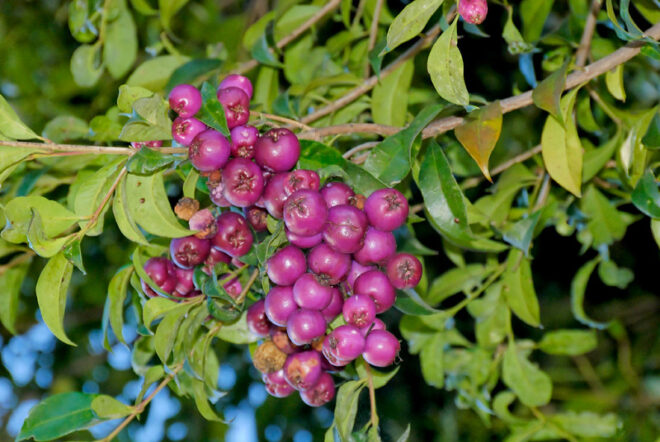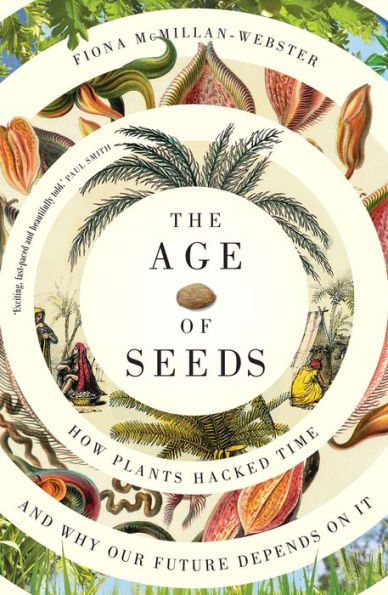Fiona McMillan-Webster, The Age of Seeds, Thames and Hudson, 2022
Reviewed by Francesca Beddie
McMillan-Webster likes word play and the occasional pun. At the AGHS conference in Ipswich, she used a double entendre, ‘A date with history’, to introduce her talk. This is also the heading of the first chapter of her fascinating account of the life of seeds. The date in question is the Judean date palm, rekindled from a 2000-year-old seed. Here starts an account of how seeds evolved, the genetic material and cultural significance they contain, and why we need to store and value them: for the sake of our own food security and for the planet.
The Age of Seeds demonstrates the author’s skill as a science communicator. She knows how to use a fun fact or a personal account to tell a bigger tale and to explain processes of botany, agriculture, genetics, global warming. She starts at the beginning, showing how plants evolved from algae, how seeds were dispersed by animals, how humans came to plant them and develop agricultural practices, in the Fertile Crescent during the Last Glacial Maximum 19,000 years ago; 9,000 years ago in the Yangtze Valley, where rice was grown and in Mexico, maize. This, she argues, has made the seeds used for crops dependent on humans for their survival. For example, the green revolution of the 1970s helped to address food insecurity but also reduced the diversity of crop varieties and their resilience. Therefore, we need a botanical ark that protects the seeds of these plants’ wild relatives and helps to combat disease by breeding old traits into new seeds.
McMillan-Webster also personalises scientists, both the ones she has interviewed and others who have played important roles in the development of our knowledge about seeds. The Russian, Nikolia Vavilov, nearly died moving from one train carriage to another on a train on the Soviet-Afghan border. He also had less accidental scrapes with the Soviet authorities, although now his place in the history of seeds has been properly acknowledged. Vavilov began studying agriculture just as the new science of genetics was gaining traction in the early twentieth century. His work led, eventually, to the first global plant gene bank.

Of the 2.1 million species on earth, one million are under threat. Hardly a fun fact. It is thought 40 per cent of all plants are at risk but that figure tends to rise as more data is collected. Hence, the importance of seed vaults, an ‘organic back-up file’. McMillan-Webster recounts how a vault in Longyearbyen within the Arctic Circle has helped people from the war-torn Middle East rescue plant varieties. She also tells how the Millenium Seed Bank at Kew Botanic Gardens, Wakehurst and the Mt Annan PlantBank are essential in saving plants from extinction.
Coming to understand the longevity of some seeds and all their remarkable characteristics has given McMillan-Webster hope about how nature can navigate the ‘the ever-shifting boundaries of the environment’. To get the full story, buy this book and plant some sunflower seeds!
See also Greg Johnson’s review in AGH Vol. 34 No. 2 October 2022 – Australian Garden History Society


